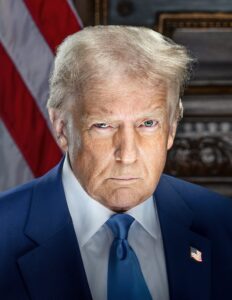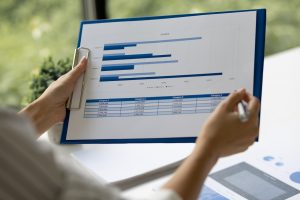In a week marked by escalating trade tensions and growing fiscal uncertainties, gold has emerged as a beacon for investors seeking stability. The precious metal’s price has seen a notable uptick, reflecting its traditional role as a safe haven during turbulent times.
Trade Tensions Fuel Demand
Recent developments in global trade policies have unsettled markets. Investors, wary of the implications of new tariffs and potential retaliatory measures, are turning to gold as a hedge against potential economic downturns. The metal’s intrinsic value and historical resilience make it an attractive option amidst such unpredictability.
Fiscal Concerns Add to Market Anxiety
Beyond trade, fiscal challenges in major economies are contributing to market volatility. Concerns over budget deficits, potential interest rate adjustments, and government spending have led to increased caution among investors. In this context, gold’s appeal is further enhanced, offering a perceived shield against currency devaluation and inflationary pressures.
Oil and Metals Face Headwinds
While gold benefits from the current climate, other commodities are not faring as well. Oil prices have come under pressure due to fears of reduced demand stemming from economic slowdowns. Similarly, industrial metals are experiencing declines, reflecting concerns over manufacturing activity and global growth prospects.
Investor Strategies and Outlook
Market participants are closely monitoring these dynamics, adjusting portfolios to mitigate risks. The shift towards gold indicates a broader strategy of seeking assets less correlated with traditional market movements. Analysts suggest that if current trends persist, gold could continue its upward trajectory, though they caution that market conditions remain fluid.
Conclusion
As trade disputes and fiscal uncertainties loom large, gold’s resurgence underscores its enduring role in financial markets.While other commodities grapple with headwinds, gold’s ascent reflects investor sentiment in times of economic ambiguity. The coming weeks will be critical in determining whether this trend solidifies or if shifts in policy and economic indicators alter the current landscape.








